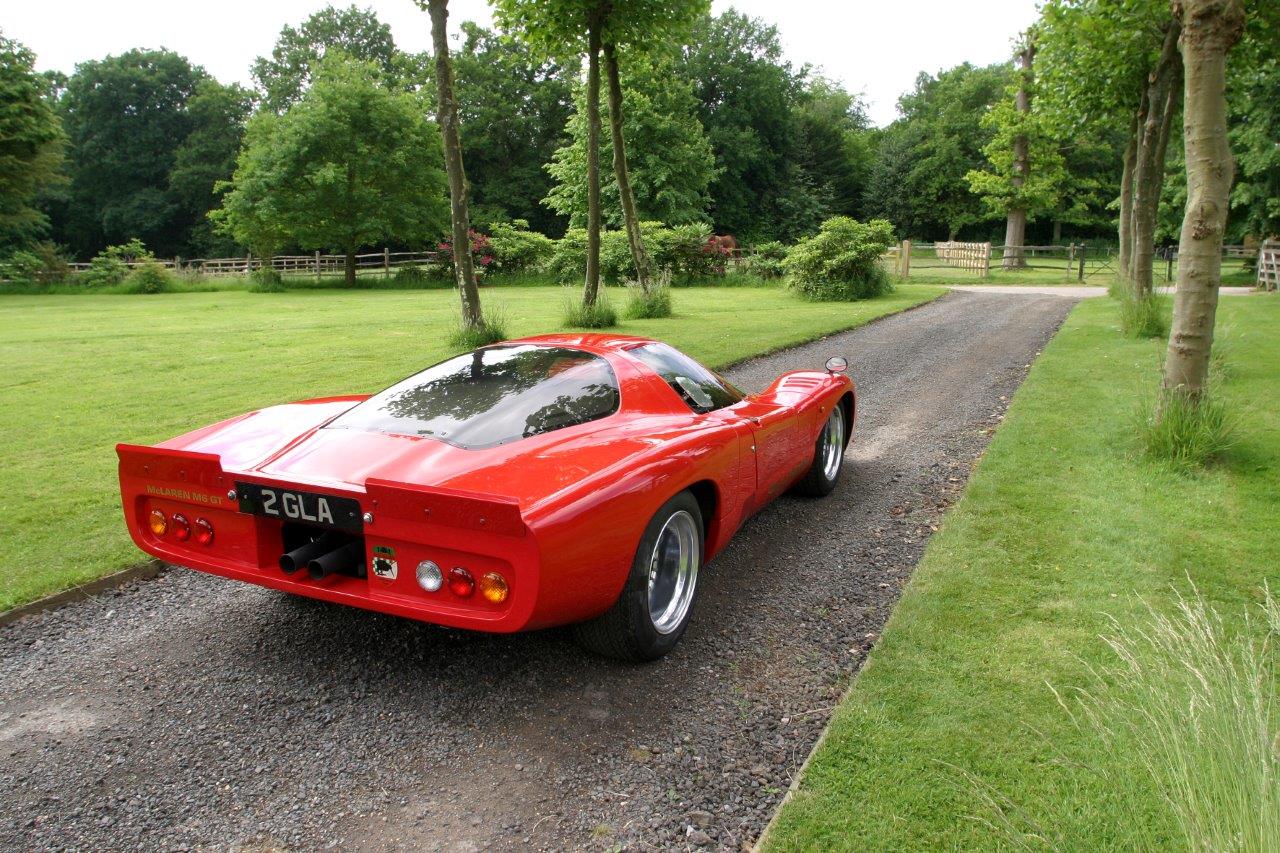In 1970, 32 year old Bruce McLaren was enjoying considerable success as a grand prix driver and race car constructor. As well as competing in Formula 1 at the wheel of a car that bore his name, his formidable M8D sports cars were dominating the Can-Am series in the USA. In order to expand his company, his attention turned to competing in long distance sports car events with a GT car based on the chassis of a McLaren M6.
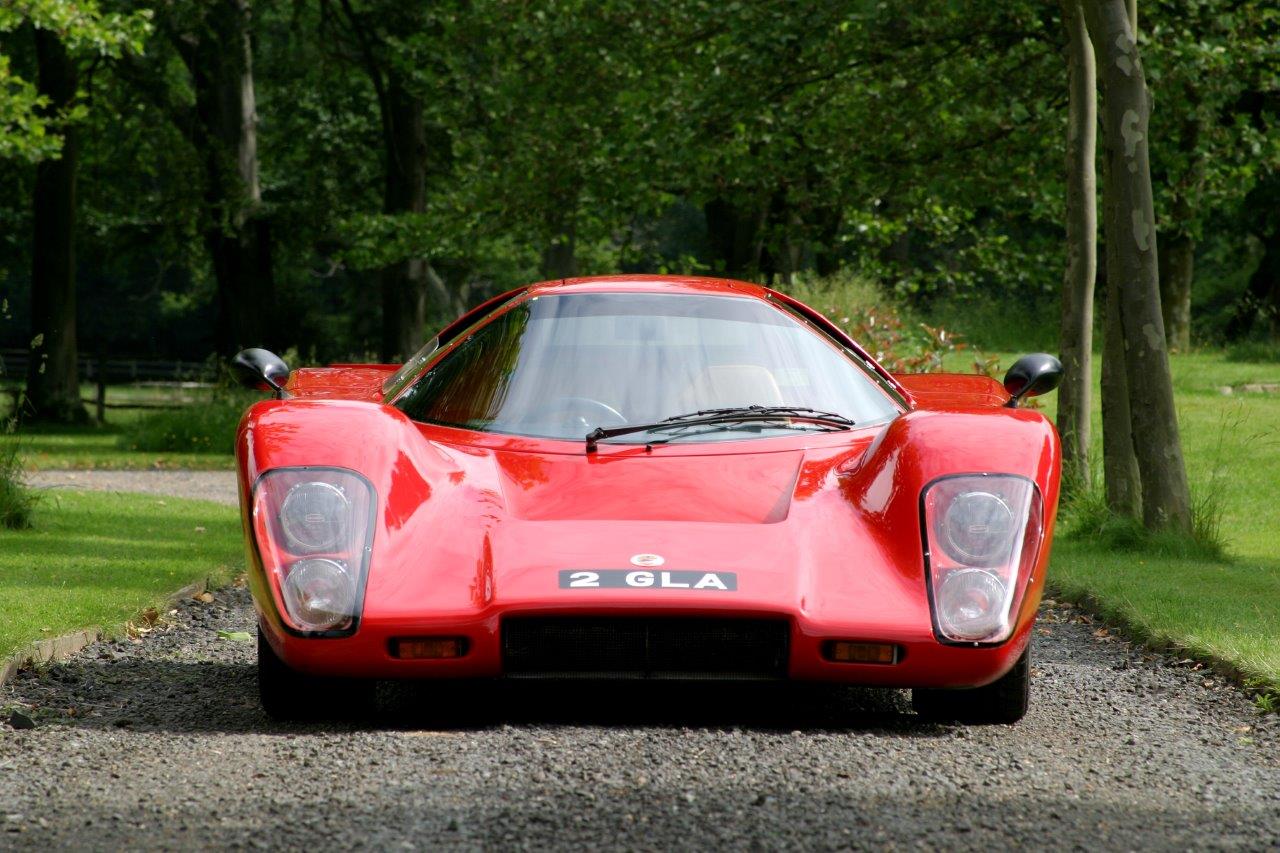
The result was the M6GT, a two-door coupe with bodywork designed and built by Specialised Mouldings. McLaren Cars looked after the technical side of the project, installing a 5-litre Chevrolet V8 engine while McLaren’s technical partner, Trojan Cars, was assigned to handle the construction of a further 25 cars to qualify as a production car with the governing motorsport body, the FIA. However, a late change to the rules stating 50 examples should be built saw the project put on hold indefinitely. A total of three cars had been built, one of which served as Bruce McLaren’s personal transport once it had been registered for the road. It created a huge amount of interest wherever it went, laying the foundations for McLaren to become a production car manufacturer.
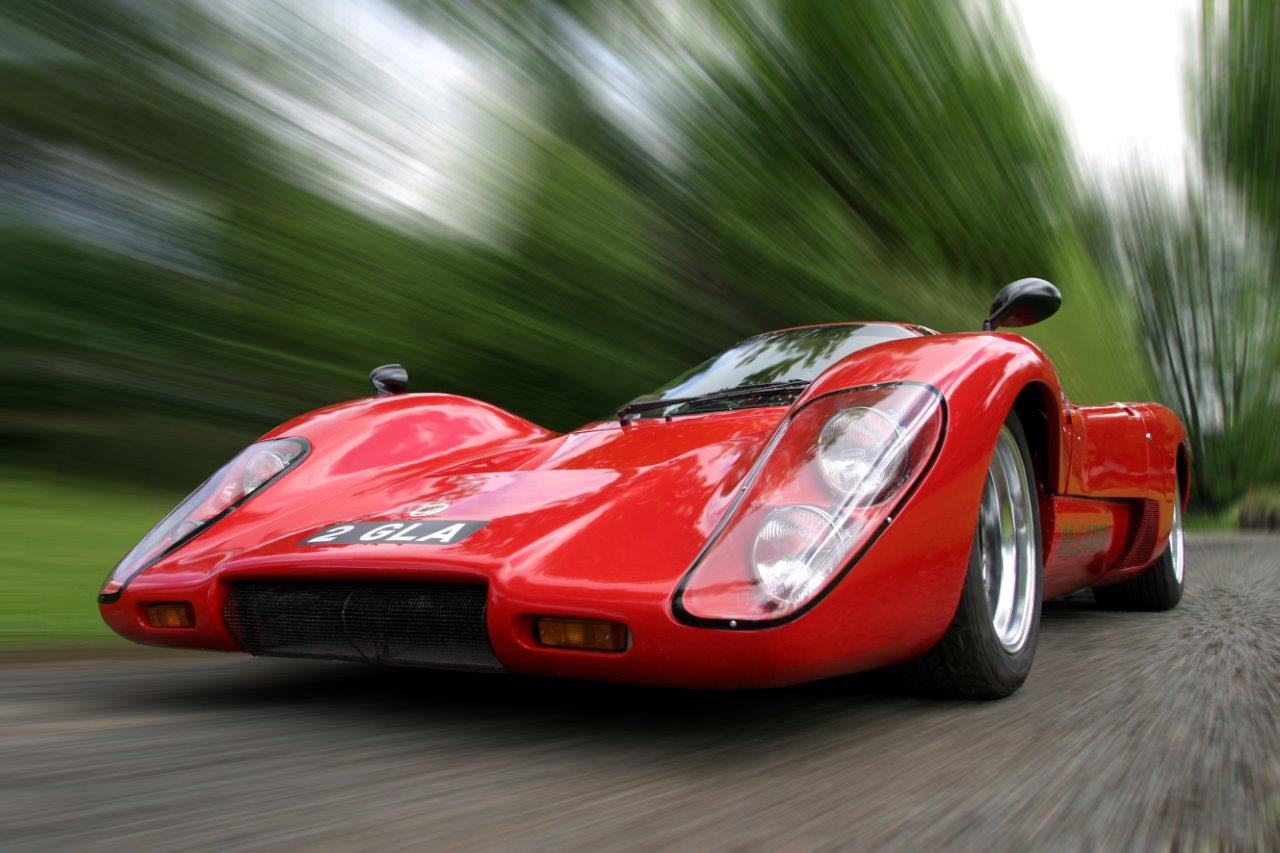
He had always wanted a McLaren M6GT
Sadly, the GT project came to nothing when, in June 1970, Bruce McLaren lost his life while testing one of his Can-Am cars at Goodwood; the M6GT became a footnote in motoring history. It might have gone but it was not entirely forgotten. In 1989, a British collector sourced a genuine McLaren M6 chassis in the USA and imported it into the UK. He had always wanted a McLaren M6GT so he commissioned Specialised Mouldings, who owned the original body bucks, to make a new set of body panels and a period 5.7-litre Chevrolet V8 engine was installed, mated to a 5-speed ZF gearbox. Construction was carried out by master mechanic Jimmy Potten who had a wealth of knowledge accumulated from his days in Formula 1. Such was the quality of the workmanship and the use of correct period parts that the owners of Trojan-McLaren were happy to accept the car as the fourth example to be built and awarded it with an appropriate chassis number. It was granted a 1971 title by the DVLA and registered for use on the road.
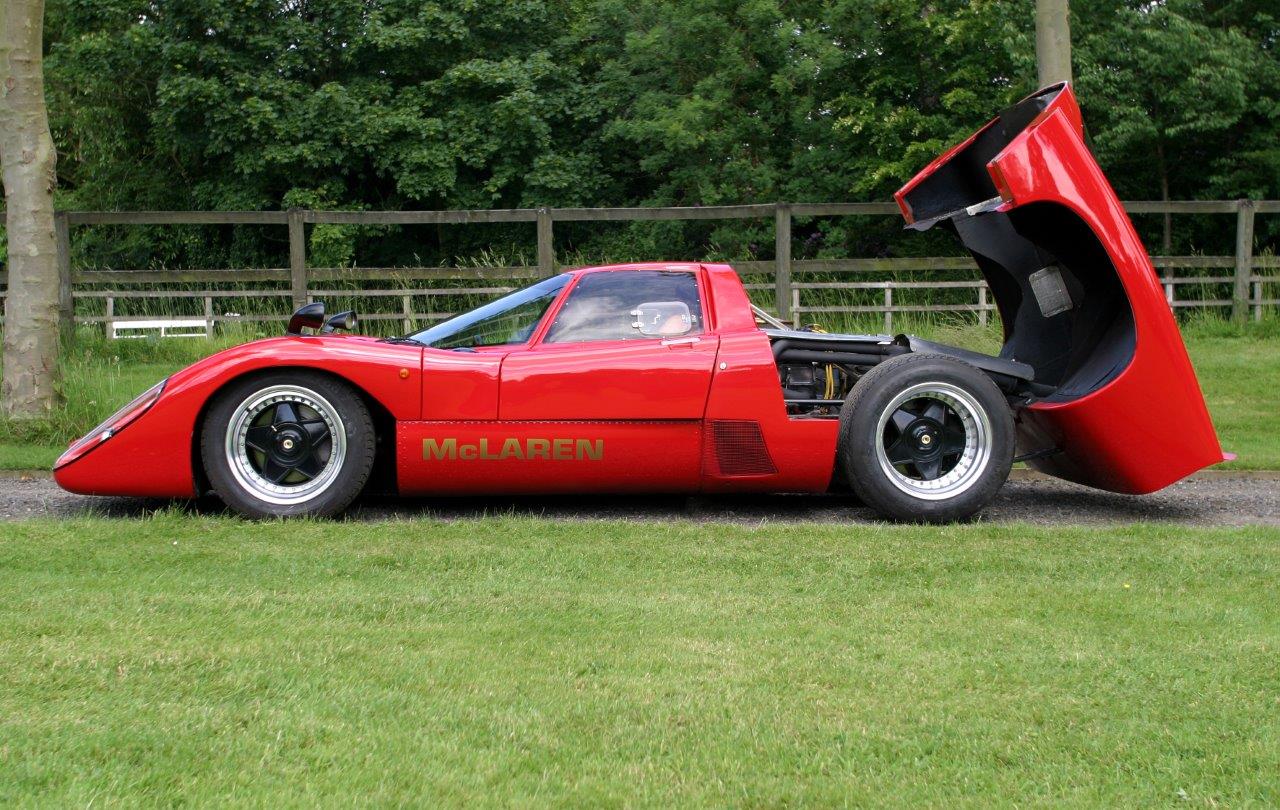
Shortly after, I was able to spend a few day with the GT in my photographic studio where I was able to study it closely while taking photographs, using my 5×4-inch Sinar plate camera. Over the next few years I was able to photograph the car at the owners home which gave me the chance to drive it (slowly) around his estate. Getting in and out was an experience as it required the removal of the steering wheel followed by some interesting gymnastics to clear the wide side sill and drop down into the leather hammock seats that were mounted directly onto the tub of the chassis. Once in, the driver is firmly, but comfortably, wedged in place with a very low view of the road, his eye-line just centimetres above the road surface.
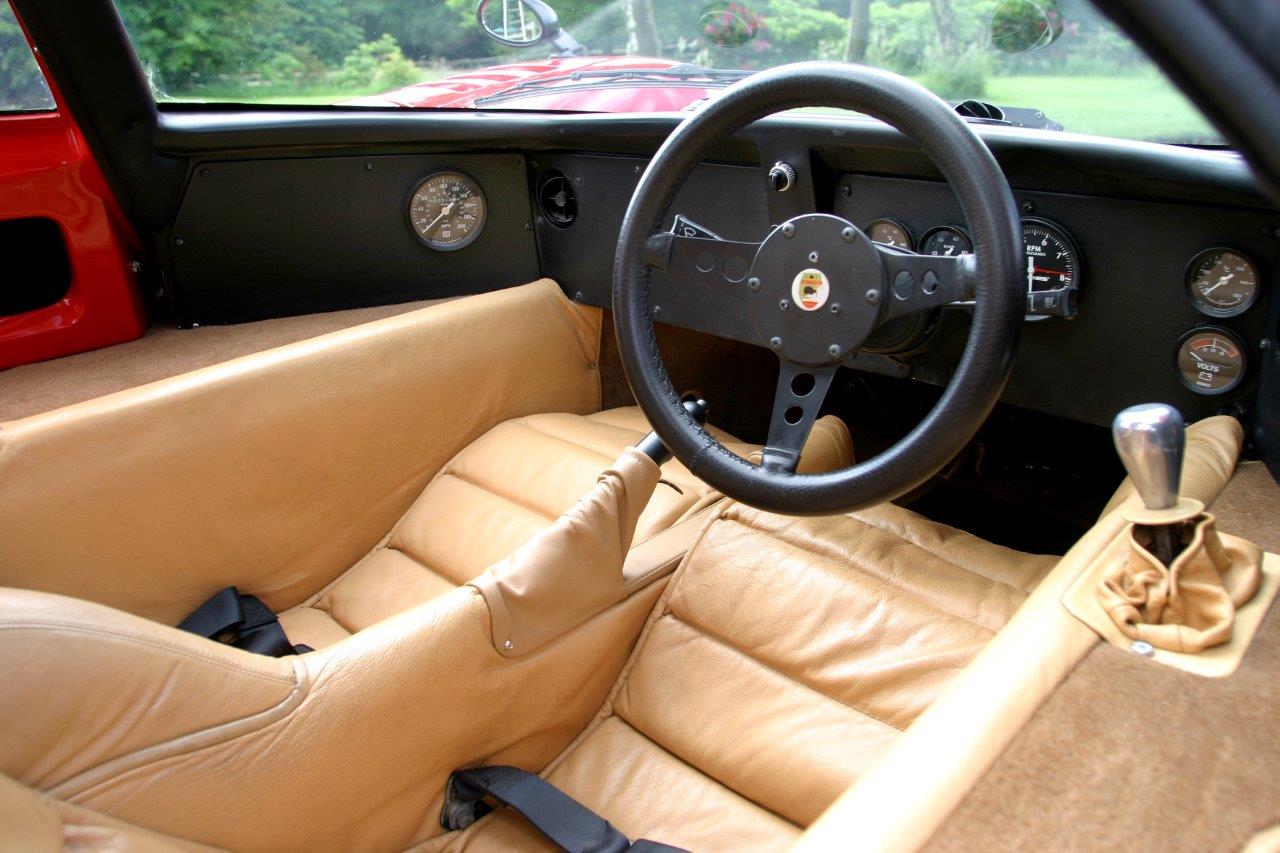
This M6GT was built to be used and it took part in the 1996 Goodwood Festival of Speed and in 2004 it was part of the Cartier sponsored ‘Style et Luxe’ display on the Goodwood lawn. It has been featured in the TAG-McLaren group magazine and in other European publications as well as serving as a camera car for both McLaren and Benetton F1 teams.
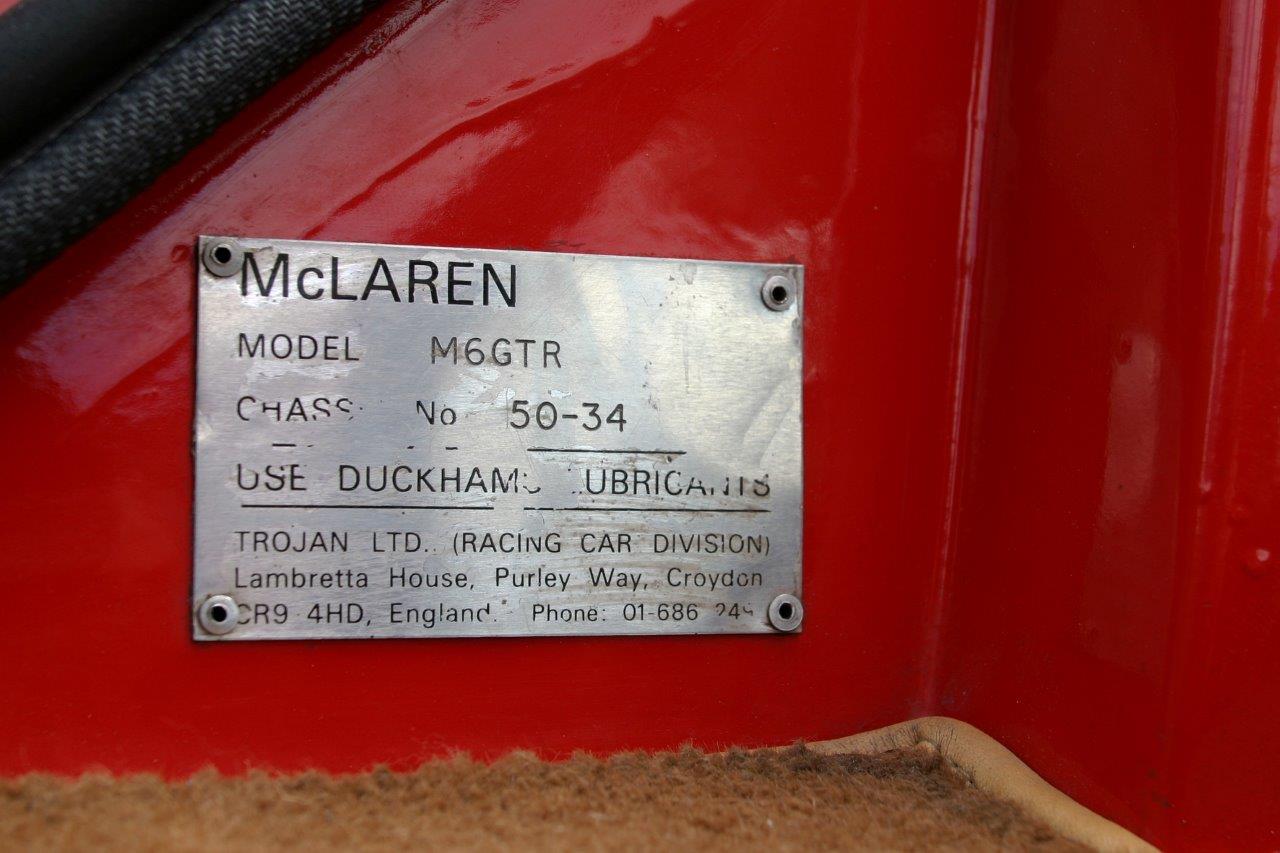
It remains a wonderful reminder of what might have been and is now part of the Woods Trust collection which is housed at the Franschhoek Motor Museum in South Africa.
